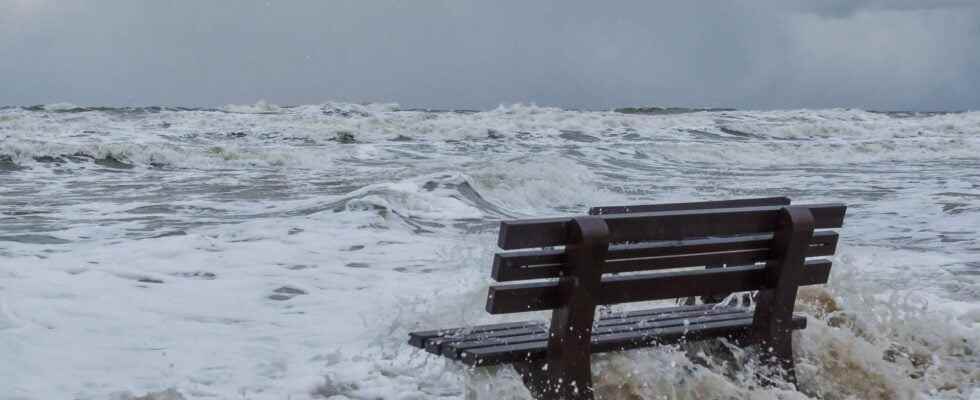The rise in temperatures and the multiplication of extreme weather phenomena have an impact on the development of epidemics, but often in an indirect way. How does climate change promote this process?
You will also be interested
[EN VIDÉO] How to deal with natural disasters? Every year many natural disasters ravage the countries of the South. Unfortunately, with the few means available, the management of these states of crisis is often problematic. Sébastien Hardy, geographer of the IRD (Research Institute for Development) talks to us during this video about the solutions envisaged by the organization to deal with the problem.
It is now accepted that the increase in global temperature leads to more phenomena weather report extremes, sea level rise, more episodes of heat extreme and precipitation downpours and less intense cold. If these events are set to multiply, as indicated the latest conclusions of the IPCCthe epidemics also.
Weather disasters have two types of consequences on human health: direct consequences and indirect consequences. The direct consequences of a disaster seem obvious since these are deaths and injuries directly caused by the weather phenomenon: drownings in the event of torrential rains, injuries in the event of debris projected by winds violence, or deaths related to heat stroke. But the indirect consequences of a climatic event are often overlooked and yet they cause many more victims.
Cyclones and torrential rains favor epidemics
L’intensity of cyclone phenomena (hurricanes, typhoons, cyclones, tropical storms…) is largely linked to the heat of the oceans: the heat provides theenergy cyclones to be more powerful, but not necessarily more numerous. The same cyclone will probably have more serious consequences in 2050 than in 2022 due to rising sea levels and rampant urbanization. However, more intense hurricanes lead to more intense rainfall which will result in more flooding, and therefore an increased risk of dirty water, and therefore of diseases, including in Western countries.
After Hurricane Katrina in 2005which ravaged Louisiana in the United States, 25 people died of Vibrio infections linked to dirty water, according to the Centers for Disease Control and Prevention (CDC). After Hurricane Matthew in 2016 in Haiti, Unicef identified many cholera case in young children. After each typhoon in Asia, cases of dengue fever multiply, because the humidity brought by the heavy rains has an impact on the reproduction of mosquitoes.
The vector-borne diseases are indeed strongly linked to weather : a hot and humid climate affects the reproduction of mosquitoes and leads to increased risks of epidemics of malariabut also of chikungunya. In the event of a storm, cyclone, or torrential rain, agents pathogens multiply in contaminated waters and cause diarrhea dangerous for children and the most fragile people. L’UN estimates that dirty water kills 10 times more than wars in the world.
The indirect link between weather disasters and Covid-19
After one natural disasterthe victims have a immune system lower and the risk of contamination is therefore multiplied, according to Yale University : the victims who survived suffered a big stress and are weakened. The emergency situation often requires survivors to gather in evacuation centers with a major problem in the event of an epidemic, that of overcrowding.
Survivors do not always have access to healthy food for some time, nor to drinking water or toilets. This situation makes the populations very sensitive to the transmission of viruses, including that of Covid-19. In the summer of 2020, New York created a “special hurricane plan and Covid-19 “: measures aimed at avoiding an explosion of contamination of coronavirus in the event of a hurricane in the city. Main concern, large gatherings in refugee centers in the event of a weather disaster.
To limit groupings and thus avoid massive contamination, New York had planned to place the hurricane refugees in hotels and not in centers, but also to refuse volunteers who would have wanted to help.
Other indirect consequences which aggravate an epidemic situation, damage to hospitals and medical equipment: after a weather disaster, electricity is often cut off and transport is inaccessible in the event of an emergency. New York City recently upgraded all of its generators in hospitals because they were originally located in the basement or on the ground floor, a very bad idea in case of flooding.
Adaptation to climate change therefore requires preparation for the obvious short-term health consequences as well as those that flow indirectly from disaster-related damage and disruption.
Interested in what you just read?
